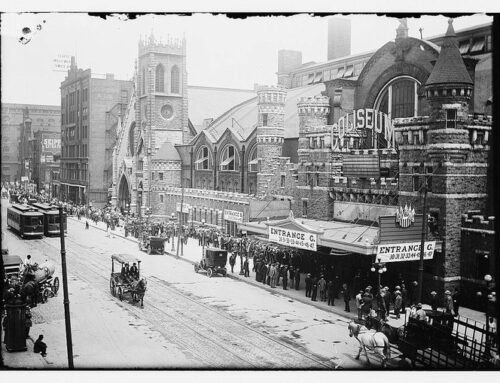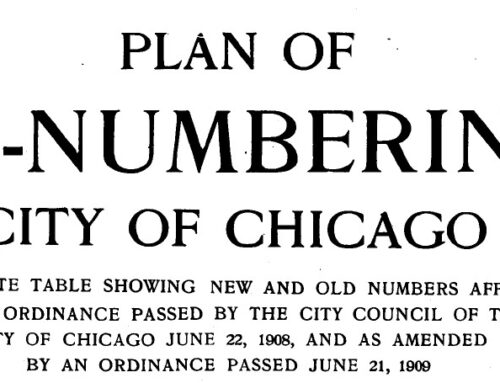As we emerge from the terrible crisis of January 6th, the archivist in me decided to look for Electoral College historic documents.
Just as Mr. Rogers always said to look for the helpers in a crisis, I tend to look to the records that are created by events. Happily, the National Archives and Records Administration (NARA) has these documents well in hand.
Electoral College: A Process Not a Place
The United States does not enjoy direct election of the president and vice-president. As NARA notes,
The Electoral College is a process, not a place. The Founding Fathers established it in the Constitution, in part, as a compromise between the election of the President by a vote in Congress and election of the President by a popular vote of qualified citizens.
The Electoral College process consists of the selection of the electors, the meeting of the electors where they vote for President and Vice President, and the counting of the electoral votes by Congress.
Electoral College Historic Documents
 On December 5, 1792, New Hampshire electors met at Exeter, to unanimously cast their votes to re-elect George Washington as President and John Adams as Vice President. (National Archives Identifier 77847739)
On December 5, 1792, New Hampshire electors met at Exeter, to unanimously cast their votes to re-elect George Washington as President and John Adams as Vice President. (National Archives Identifier 77847739)

Tally of Electoral Votes for the 1800 Presidential Election, February 11, 1801. (National Archives Identifier 2668821)

This Certificate of Ascertainment, dated December 7, 1864, documents the unanimous votes of Massachusetts electors for Abraham Lincoln of Illinois for President, and Andrew Johnson of Tennessee for Vice President.
Electoral College Ballots Preserved

Quick thinking and bravery on the part of parliamentarians in Congress saved the 2020 Electoral College ballots and their vintage mahogany and leather cases on January 6, 2021. (Courtesy © Jim Lo Scalzo | Pool | AP)





Leave a Reply